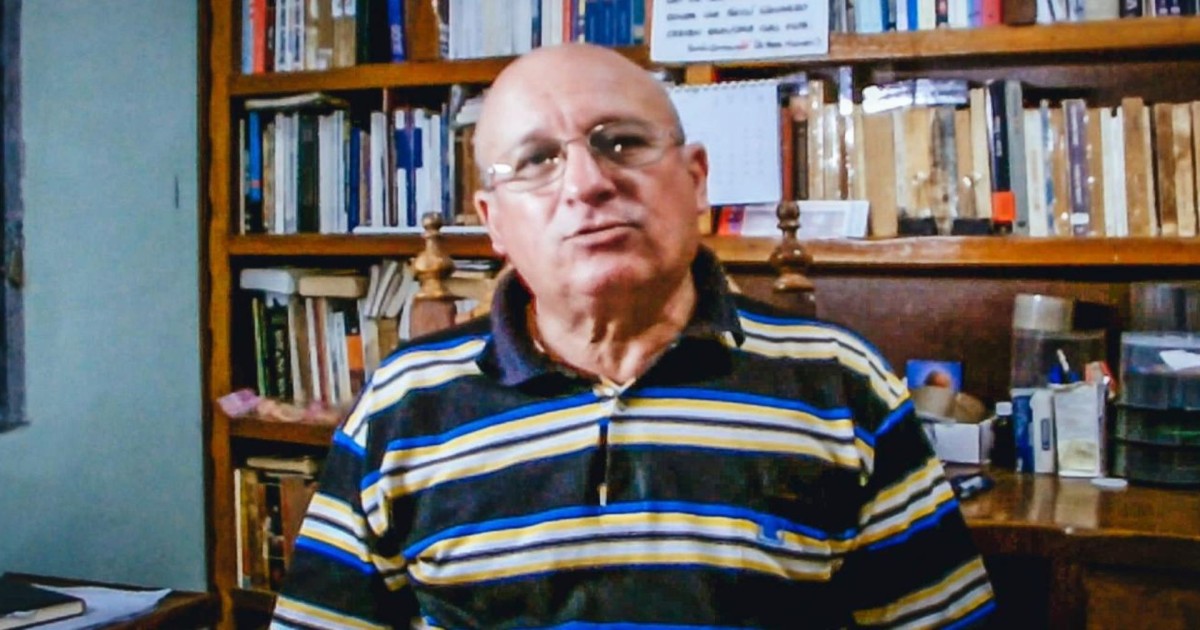Indian Teens’ Salt-Powered Refrigerator Offers Hope for Rural healthcare in the U.S. and Beyond
Indore, India — A groundbreaking invention by three Indian teenagers could revolutionize medical storage in underserved communities, offering a lasting and cost-effective alternative to traditional refrigeration. Dhruv Chaudhary,mithran Ladhania,and Mridul Jain,students at Shishukunj International School Indore,have developed the Thermavault,a salt-powered refrigerator designed to preserve vaccines,medicines,and other essential supplies in areas lacking reliable electricity.

The Thermavault: Innovation Meets Necessity
The Thermavault leverages “ionocaloric cooling based on the dissolution enthalpy of ammonium chloride in water to fuel it’s cooling process,” according to its creators. This innovative approach eliminates the need for electricity, a critical advantage for rural areas where power outages are frequent or nonexistent. The device promises to maintain a stable, cool surroundings for temperature-sensitive medical supplies, addressing a meaningful challenge in healthcare delivery.
The students shared their motivation on The Earth Prize website: “The COVID-19 pandemic served as a reminder of the lack of electricity availability in rural areas; we’ve seen, firsthand, the problems with transporting vaccines, food and essential supplies to these locations. Thus, we redesigned our science-fair cooling system into our solution.”
Addressing Healthcare Disparities in the U.S.
While originating in India, the Thermavault’s potential impact resonates strongly within the United States, where rural communities often face similar challenges in accessing reliable healthcare. According to the U.S. Department of Agriculture, approximately 60 million Americans live in rural areas, many of which are designated as “healthcare deserts” due to limited access to medical facilities and infrastructure.
Power outages, exacerbated by increasingly frequent extreme weather events, further compound these challenges.In these situations, having a reliable, off-grid cooling solution like the Thermavault becomes indispensable for safeguarding vital medical supplies.
Pilot Programs and Future Plans
While Chaudhary, Ladhania, and Jain didn’t secure the top prize in the Earth Prize competition, “they did win the regional competition,” earning them $12,500 to further develop their invention. According to Business Insider, the team intends to channel this funding into expanding the Thermavault project. Their ambitious plan involves constructing 200 additional units and dispatching them to 120 hospitals for rigorous testing.
Dr. Pritesh Vyas, an orthopedic surgeon at V One hospital in Indore, has already tested the device, affirming its effectiveness: “We have been able to keep the vaccines inside the Thermavault for almost 10 to 12 hours,” he said in a video on the Thermavault website.
The Science Behind the Cooling
The technology hinges on the principle of ionocaloric cooling,harnessing the energy absorbed or released when certain salts dissolve in water. In the thermavault’s case, the dissolution of ammonium chloride creates a cooling effect, drawing heat away from the interior chamber. this process continues until the solution reaches equilibrium, providing a sustained period of refrigeration without the need for external power sources.
One potential drawback of the current design is the need to replenish the ammonium chloride.However, the team hopes to refine the design to allow for regeneration of the salt solution, making the system even more sustainable long-term.
Potential Applications and scalability
Beyond vaccine storage, the Thermavault holds promise for a wide range of applications, including preserving blood samples, medications, and even perishable food items. Its portability and off-grid operation make it particularly well-suited for use in mobile clinics,disaster relief efforts,and remote research stations.
The scalability of the Thermavault design is another key consideration. While the current prototype is relatively small, the underlying technology could perhaps be adapted to create larger, more robust cooling systems for hospitals and other healthcare facilities. Further research and advancement will be crucial to optimize the design for different use cases and environmental conditions.
FAQ: Your Questions Answered
| question | Answer |
|---|---|
| How long does the Thermavault stay cold? | Initial tests indicate the Thermavault can maintain a cool temperature for 10-12 hours. |
| What is the Thermavault powered by? | The Thermavault uses a chemical reaction between ammonium chloride salt and water to generate cooling. |
| Is the Thermavault environmentally friendly? | Yes, it is designed to be environmentally friendly by reducing the reliance on electricity. however,the long-term environmental impact of ammonium chloride production needs further study. |
| Where can the Thermavault be used? | It can be used in rural areas, mobile clinics, and any location without reliable electricity. |
| How much does the Thermavault cost? | The cost is still under development, but the aim is to provide a cost-effective solution for communities with limited resources. |






